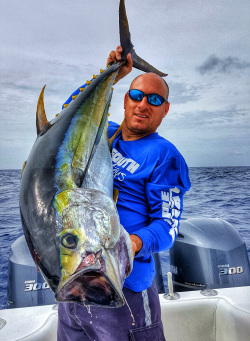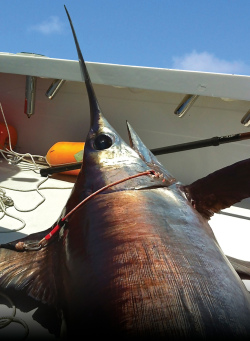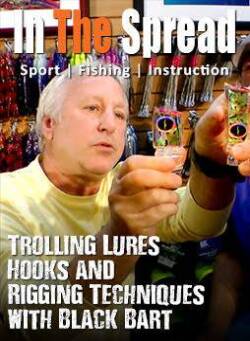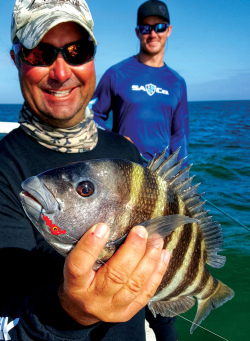Snook fish are prized inshore fish, often unable to move. In Florida, inlets offer great fishing opportunities. To catch snook, know the season, slot, and bag limits, as well as the best baits and tactics. Instructors provide guidance on safe boat operation, best times, and necessary tackle, line, leaders, rigs, baits, and techniques.
Snook - Inlet Fishing Techniques
(00:38:53)
Watch Full Video
View Short Trailer
Instructor:
T T
Description
/
Review
/
Instructor
Video Summary:
- Snook fishing in Florida inlets requires understanding tidal movements and bait behavior
- Safety is crucial due to strong currents and boat traffic in inlets
- Choosing between drifting and anchoring depends on the tide and targeted structure
- Tackle selection, including hooks, leaders, and rigs, is key for success
- Fighting snook requires tight drag and maneuvering around obstacles
- Inlets provide thrilling snook fishing experiences for anglers willing to learn
Snook, also known as robalo, are one of the most sought-after game fish in Florida. These powerful predators are known for their impressive fights and delicious meat. While snook can be found in various habitats, inlets are particularly productive spots for targeting these fish. In this article, we'll explore the techniques and strategies for successful snook fishing in Florida's inlets.
Login
to leave a review.
User Reviews
There are no reviews yet.We Recommend
0




